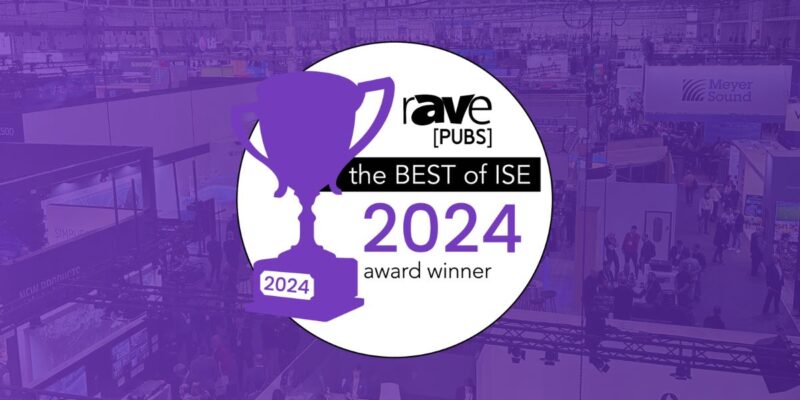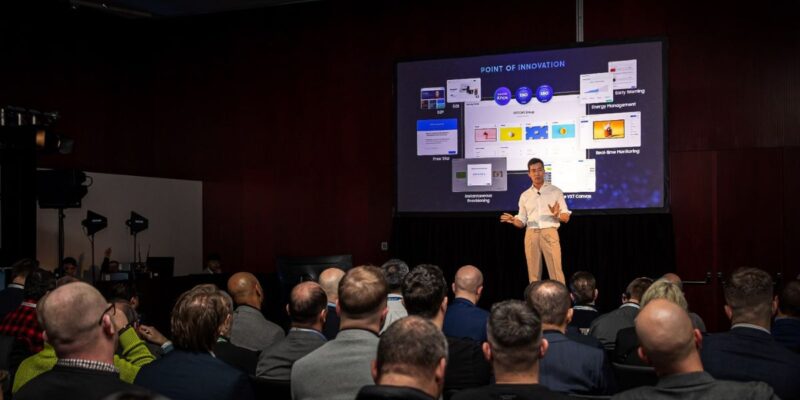The Backlight Behind Samsung’s Bendable LCD TV
 By Jimmy Kim
By Jimmy Kim
DisplaySearch
As we reported, Samsung Electronics introduced a bendable LCD TV at CES this month. Other curved LCD TVs were introduced last year, but it was thought that bendable displays could only be achieved using AMOLEDs. Therefore, Samsung’s bendable LCD TV was more of a surprise than the AMOLED bendable TVs exhibited at CES 2014.
While one challenge in bendable LCD TVs is the LCD panel itself, bending the backlight could be even more difficult. A backlight is composed of a rigid plastic light guide plate (LGP) and a metal chassis, and the repeated bending and flattening of backlight is not as easy as it is for the LCD glass panel. Therefore, just using a curved backlight might not be adequate for bendable LCD TVs.
How then did Samsung make a bendable LCD backlight? The picture shows bendable LCD TVs in both flat and curved modes. The backside of the TV housing remains flat, even when the TV screen changes from flat mode to curved mode. Therefore, the backlight in this bendable LCD TV is most likely rigid (not bendable) and remains flat in both flat and curved LCD panel modes.
If the panel is bent while the backlight remains flat, it is likely to result in non-uniform luminance in the TV screen. To prevent it, the modification of several design factors, such as the LGP print pattern and LED light bar configuration, is required. Backlights for bendable TVs must cover both flat and curved modes and keep both the original (for flat) and modified (for curved) design rules in a single unit.
An optical film (or LGP) that can cover both flat and curved modes is not easily obtained. For edge backlights, the modification of LEDs may not be effective in preventing non-uniformity, as they mostly use side LED bar structures in which the bar direction is perpendicular to the bending direction. Thus, a direct backlight is the most likely candidate for bendable TVs.
Non-uniform luminance in direct type curved LCDs can be prevented by adjusting the spacing of each LED in a light bar or applying a different lens. For example, the backlight could combine two types of LED light bars, designed for flat and curved, in a single unit. This type of backlighting can work in flat mode by turning on the light bars in the flat backlight and in curved mode by turning on the light bars in the curved backlight.
However, this design only works with a fixed curvature; no changes in curvature radius can be made. Thus, Samsung’s bendable LCD backlight only allows for two modes: flat or curved mode with a fixed curvature radius of 4,500R. AMOLED bendable TVs do not have such a restriction, leading many to conclude that they are the real bendable TVs.





